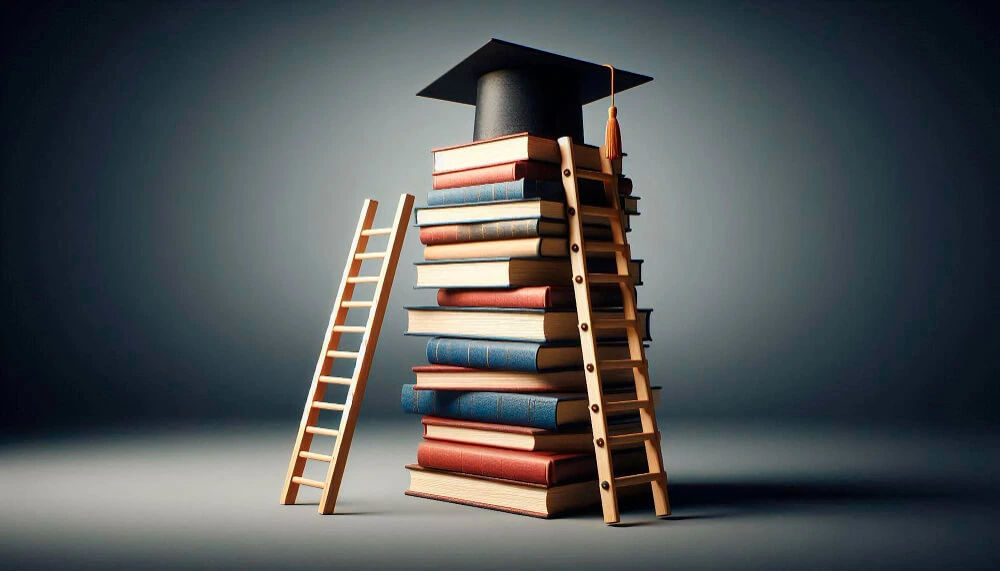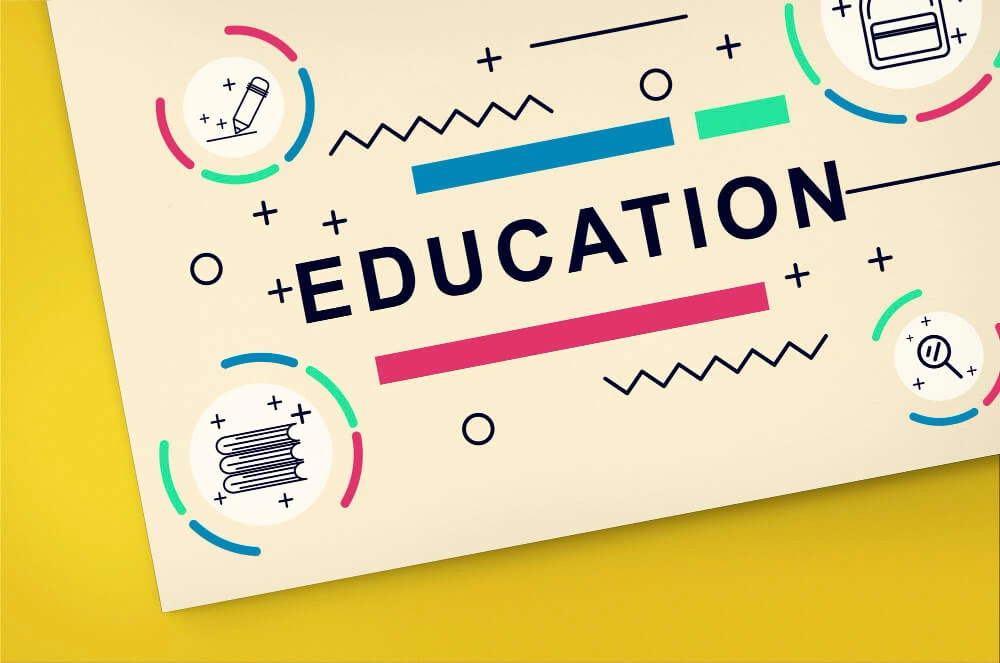Faced with constant evaluation and growth, progress learning is an educational strategy meant to guarantee that students reach both their long-term and short-term learning objectives. This approach stresses adaptable tactics meant to improve general knowledge and mastery of the topic, personalised learning experiences, and regular feedback loops. One cannot stress the need for progressive learning in modern schooling. It gives students constant insights into their educational path, therefore enabling them to find areas of strength and work on their flaws.
In the fast-paced modern world when knowledge is available and changes quickly, progress learning helps teachers create dynamic and responsive learning environments. This method not only helps students to accomplish academically but also gives them the tools they need for professional development and flexibility in many other industries.
Table of Contents
Understanding Progress Learning
Progress learning is mostly dependent on constant assessment and improvement of instructional plans to enable student development. Its methodical approach with frequent evaluations, data analysis, and feedback systems defines it. This method guarantees that learning is not only a one-time occurrence but a lifetime journey by emphasising development instead of only subject fulfilment.
Learners as well as teachers who want to create an atmosphere where development is valued depend on an awareness of progress learning. While professionally it prepares people to be flexible and successful among changes in the sector, personally it involves aggressively seeking skills and information that support personal aspirations.
Key Strategies for Tracking Learning Progress
Data-Driven Instruction
Data-driven training is among the most successful approaches to improving learning results using statistics. This strategy methodically gathers and examines student performance data to customise materials and instruction strategies. Standardised test scores, formative assessments, and other learning analytics let teachers spot trends in student performance. The knowledge acquired helps teachers decide on curriculum changes and teaching strategies such that every pupil has the best possible learning experience depending on their particular requirements.
Real-time data collecting is a basic component of data-driven learning. Teachers can compile real-time data on student involvement, knowledge, and development using classroom management tools and learning management systems. Teachers’ rapid access to data helps them to spot pupils who might be struggling and act swiftly with interventions. Furthermore, it makes it possible to use differentiated instruction, so offering distinct learning routes and tools fit for different learner profiles, thus enhancing the general learning results.
Predictive Analytics
Predictive analytics is the study of past and real-time data to project learning results and student performance going forward. Using advanced algorithms and statistical models will help teachers predict which pupils might want further help and resources. This forward-looking strategy guarantees that no student lags behind by helping to allocate resources and instructional efforts properly.
By pointing up students’ strengths and shortcomings and recommending certain treatments, these analytics may provide customised learning experiences. Schools may use software, for instance, that examines performance data and suggests customised action plans and extra resources catered to every student’s need. Learning therefore becomes more focused and efficient; predictive analytics functions as a proactive tool promoting student achievement.
Feedback and Reflection Practices
Another important approach to making use of data to improve learning results is applying organised feedback and reflection techniques. Regular comments give students insights into their development and areas of need, thereby enabling quick modifications and changed course of instruction. Using digital tools, teachers may provide interactive feedback whereby students may reply, ask questions, or voice concerns, therefore fostering a continuous conversation that influences learning favourably.
Additionally very important for students’ internalising of their learning experiences are reflection activities. Teachers foster a development mentality by asking students to consider their tests and spot both successes and difficulties. By use of data from their evaluations, this introspective approach helps students to take responsibility for their educational path by formulating reasonable objectives and future learning methods.
Integrative Assessment Systems
Integrative assessment systems combine several kinds of assessment data to offer a whole picture of student performance. To show a whole picture of a student’s learning process, these systems mix conventional examinations, quizzes, project-based evaluations, and peer assessments. Consolidating these many data sources helps teachers better understand student performance including skills development, critical thinking, and creativity—that is, beyond just grades. More informed teaching plans and customised interventions meant to fit every student’s particular need are made possible by this integration. Must Read: Formative Assessment
Collaborative Data Analysis
By giving instructors, administrators, and students several angles on learning data, encouraging cooperative data analysis among them helps the educational process. Using this cooperation, teachers may exchange ideas, techniques, and interventions that have notably improved learning results in many classrooms and disciplines. Students who participate in examining their learning data also typically develop more responsibility and ownership for their academic development.
Regular data review sessions held by schools allow teachers and other stakeholders to strategise future activities, examine development, and spot patterns. Encouragement of a collaborative approach to data analysis helps the school community to build a culture of constant improvement and mutual support, so strengthening and fulfilling educational experiences.
Technology’s Influence on Progress Learning
The impact of technology on progress learning has been significant given the development of digital tools and educational technologies. By offering fresh approaches to acquiring knowledge, interacting with materials, and showing comprehension, these developments have changed conventional learning paradigms. By giving equitable access to high-quality educational resources and allowing creative teaching strategies such as gamification, virtual classrooms, and interactive modules, technology has democratised education and bridged barriers. Case studies have demonstrated that by allowing individualised paths and instantaneous feedback systems, educational technology is vital for growth in learning.
Personalized Learning Pathways
Designed to meet the particular requirements and preferences of every student, personalised learning paths offer an individualised educational experience fit for their particular objectives and interests. This method lets pupils advance at a speed that fits them, which eventually increases involvement and improves learning results. Teachers may guarantee that every student has the chance to realise their best by customising instruction to fit various learning environments and rates of comprehension. By use of tailored learning paths, the emphasis moves from uniform instruction to a more comprehensive awareness of student requirements, therefore fostering an inclusive and motivating classroom.
Measuring Progress in Online Education
Measuring development in the framework of online learning calls for creative ideas and trustworthy instruments to guarantee the success of remote learning opportunities. Tracking student involvement and comprehension without the conventional face-to-face connection presents one of the main difficulties teachers have. Digital platforms provide several indicators and assessments that reveal student success and development to help one overcome this. These comprise interactive quizzes to test knowledge, assignment completion rates, and analytics on participation.
Using such measures guarantees that teachers may modify their approaches and offer quick help to improve virtual learning results. Furthermore, effective addressing of any challenges faced in online learning depends on good communication between teachers and students.
Adaptive Learning Models

progress learning
By using advanced algorithms and data, adaptive learning models guarantee that the training is in line with the changing demands of every student and customise learning environments. This approach emphasises on spotting personal learning gaps and strengths, hence offering focused advice meant to improve a student’s educational path.
Adaptive learning methods, which use data-driven insights, provide for flexibility in pace and content delivery, so meeting different demands and guaranteeing mastery of subject matter. These strategies clearly help with better student involvement, happiness, and academic success. By means of constant monitoring and route of learning modification, adaptive learning approaches generate a more responsive educational environment fit for ongoing development.
Integrating AI into Progress Learning
Integration of artificial intelligence into ongoing education marks a major development in teaching strategies. By means of tailored recommendations and real-time feedback, AI technologies have the ability to transform learning opportunities, therefore improving the quality and efficacy of education. Analysing enormous volumes of data allows artificial intelligence to forecast learning trajectories and modify educational materials to meet particular student requirements.
This allows one to customise instruction to several learning environments and preferences, therefore enabling better results. Apart from personalising, artificial intelligence simplifies administrative chores so teachers may concentrate on their main educational obligations. Including artificial intelligence creates a creative learning environment marked by more adaptability and efficiency.
The Importance and Impact of Feedback in Learning
The learning process depends critically on feedback, which also provides direction and means of progress. Good feedback systems enable students to see their present performance, pinpoint areas for improvement, and match their efforts with the goals of their education. Constructive criticism is crucial in an educational setting if we are to create a motivated and always improving atmosphere. It helps students to examine their approach and create future success strategies.
Correct integration of feedback may greatly enhance learning opportunities by praising strengths and offering pragmatic ideas for addressing shortcomings. This recurrent process of feedback-giving and receiving helps one build self-regulated learning habits essential for advancement in both personal and professional environments.
Barriers and Challenges in Implementing Progress Learning
Though progress learning has numerous advantages, its application presents certain difficulties. Common obstacles include opposition to change from conventional teaching strategies, the necessity of significant technology and training investments, and challenges in mass customising of instructional experiences.
Furthermore, the technological infrastructure varies greatly amongst educational environments, which influences the fair access to advance learning options. Institutions have to aggressively search for cooperative solutions, fund strong teacher training programs, and create scalable models that guarantee every kid gains from these creative ideas to handle these problems. Overcoming these obstacles helps one to properly welcome development learning to improve student outcomes and the quality of education.
Conclusion
The capacity of progress learning to change conventional educational paradigms by means of constant evaluation, customised approaches, and adaptable tactics sets it in great strength and potential. Adoption of progress learning becomes essential for building a culture of development and lifetime learning as education moves towards more vibrant and student-centric approaches. Giving teachers and students resources that provide significant insights on learning development guarantees that goals are not only fulfilled but also surpasses. By adopting these proactive strategies, education may develop to satisfy the needs of a society always evolving and provide students with the tools and knowledge required to flourish.


